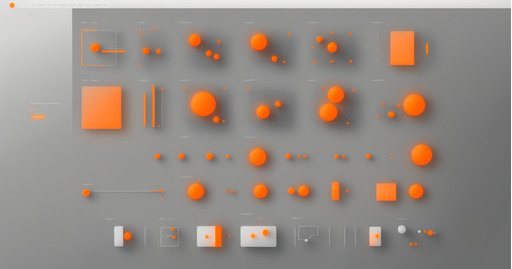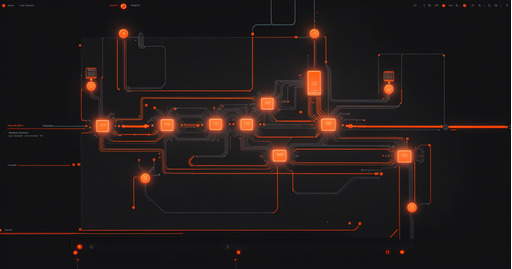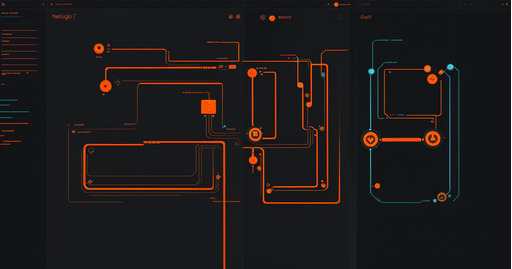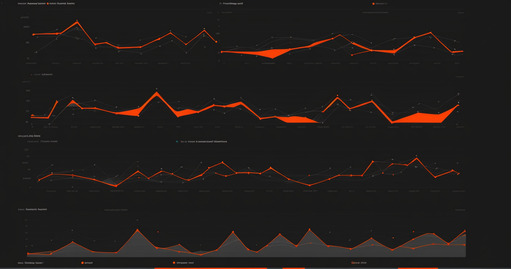What Is a Design System and Why It Matters: A design system is more than just a style guide or a collection of UI components—it’s a unified framework that brings structure, consistency, and efficiency to product development. It typically includes design tokens, typography rules, spacing guidelines, color palettes, component libraries, and documentation on how to use them. Teams that adopt design systems reduce duplication, avoid miscommunication, and deliver better experiences faster. As businesses scale across web, mobile, and desktop platforms, a solid design system ensures that interfaces remain consistent and brand-aligned regardless of device or channel.
Consistency That Builds Trust and Brand Identity: Users expect consistent experiences. Whether they’re interacting with your app on mobile, your website on desktop, or your dashboard on tablet, everything should feel familiar and aligned. Design systems enforce this consistency through reusable components and strict UI/UX standards. Buttons, form fields, navigation, and interactions are all defined in one central place, so designers and developers stay in sync. This not only saves time—it strengthens your brand. Consistent design language creates a cohesive identity, which builds trust with users and improves usability across the board.
Accelerating Product Development with Component Libraries: When you have a shared component library, product teams no longer need to reinvent the wheel for every new feature or screen. Design systems provide prebuilt, tested, and accessible UI components that can be reused across projects. This significantly speeds up development cycles and reduces bugs. For startups and enterprise teams alike, the ability to quickly prototype, iterate, and deploy using standardized components is a huge competitive advantage. Designers can focus on solving user problems instead of pixel-pushing, while developers build faster with confidence that the output meets accessibility and quality standards.
Scaling Design Across Teams and Products: As organizations grow, they face the challenge of scaling design work across multiple teams, products, and departments. Without a design system, this leads to fragmentation—conflicting styles, duplicated efforts, and inconsistent UX. A central design system enables multiple teams to collaborate efficiently while maintaining visual and functional coherence. New designers can onboard faster, developers can build aligned components, and stakeholders gain confidence in the quality of the output. At scale, this structure empowers growth without sacrificing quality. Teams can release faster, align more easily, and avoid the friction of design inconsistency.
Future-Proofing Your Brand and Experience: Design systems aren’t just tools for today—they’re investments in the future of your brand. As technologies change, screen sizes evolve, and user expectations shift, your design system serves as a foundation for adaptability. Need to roll out dark mode? Update accessibility standards? Introduce a new product line? With a centralized system in place, these changes can be rolled out efficiently and consistently. Businesses that treat their design system as a living product—iterated and maintained like software—position themselves to evolve quickly while keeping user experience front and center.




